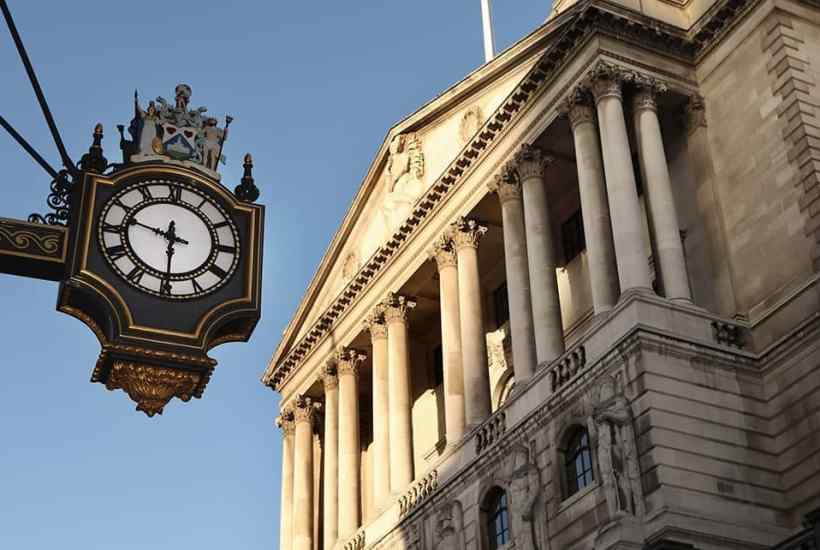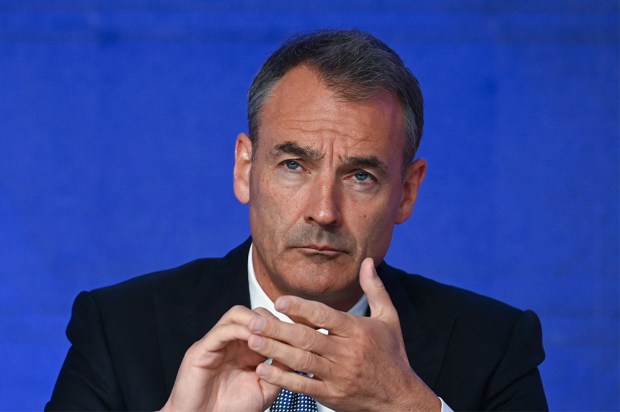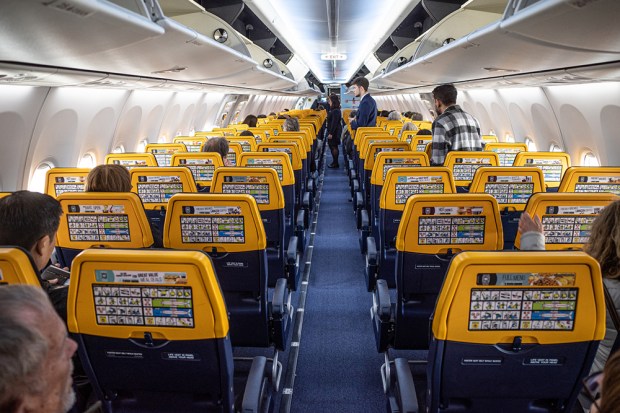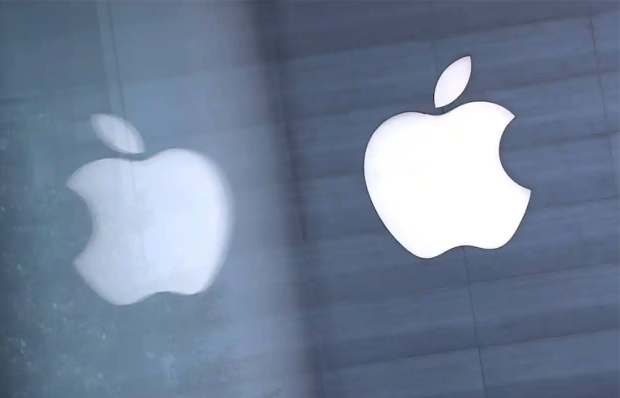Liz Truss says she intends to review the Bank of England’s mandate, which has been fixed as a 2 per cent inflation target since Gordon Brown gave the Bank its independence in 1997. We’re told Governor Andrew Bailey, keen to keep his job, thinks a review is ‘probably the right thing’. But is it? A return to the long-term inflationary average of 2 per cent is highly desirable as soon as global price spikes subside – but if the odds-on next PM thinks the Bank incapable of achieving it, setting more dynamic inflation-and-growth objectives would surely be an overreach.
Instead, maybe she should take her axe to the organisation, starting with the Bank’s board of directors, known as the Court. I have a fine photograph of the Court in the days when my father (veteran banker and deputy chairman of BT) was among a dozen corporate chiefs – the likes of Lord Nelson of GEC, Sir Hector Laing of United Biscuits and Sir John Baring of Barings – around the antique table. Their primary role was to advise the then governor, Robin Leigh–Pemberton, on conditions across UK industry, commerce and financial markets. This being the 1980s, they were all male and white, but they kept the Bank’s finger firmly on the national pulse.
That role now sits with the Monetary Policy Committee – five Bank insiders plus four academic economists – which notably failed to foresee the trajectory of inflation. The Court itself, preoccupied with internal governance, would make a drab team photo today. Flanking Bailey, his four ex-Treasury deputy governors; then there’s incoming safe-hands chairman David Roberts, ex- Nationwide building society, and a carefully mixed bunch of non-executives, including four new appointees you’ve never heard of. At best, they might form the board of a FTSE 250 company that had been told to up its game on the diversity front. They sit atop a hidebound bureaucracy that has lost all credibility. An intake of real-world free-thinkers, entrepreneurs, even impertinent columnists, could only boost the standing of Bailey’s Bank. Prime Minister Truss should announce her arrival with a cry of: ‘Clear the Court!’
Judicious self-restraint
We also need to know what Truss and her wingman Kwasi Kwarteng think about the statistic (reported by the left-wing High Pay Centre) that FTSE 100 chief executives’ pay, at an average of £3.4 million, was 39 per cent higher last year than in 2020 – when some bosses took cuts to show solidarity with furloughed staff. The first draft of the answer would, I’ve no doubt, talk about paying the going rate in a global talent market and how the best-led companies are the most likely to attract investment and drive the UK economy forward.
Anyone who wants business to thrive will see sense in that argument – and realise that in any large company, a slice off the senior payroll won’t fund a significant rise for the rest of the workforce. Nevertheless, a more cautious second draft might add that, at a time when workers are facing savage cuts in real wages and feeling very angry about it, an outbreak of boardroom pay restraint would be judicious in every sense, including that of self-preservation.
If you’re a boss who pleases customers, cares for staff and generates shareholder value, of course you’re entitled to a full reward. But half a million less probably won’t force you to sell the yacht. Remember the Texan oil tycoon H.L. Hunt, who said that beyond a certain level of wealth, ‘money’s just a way of keeping the score’.
Freedom train
The last train from King’s Cross to York on Thursday afternoon felt like Von Ryan’s Express, racing across the hostile territory of a strikebound network – and it’s a double shame there weren’t more passengers. Firstly, because they would have marginally defrayed the £30 million loss to the rail industry and much greater damage to the wider economy that is the cost of each strike day. Secondly, because the journey was such fun: on-time departure, masses of space, refreshments distributed by cheery LNER executives standing in for the absent guard, and a freedom-loving driver who seized the empty track to clock up what must surely have been a personal best, 15 minutes faster than timetable.
The RMT union leader Mick Lynch – who refuses to ballot his members on a pay offer of 8 per cent over two years – says the strikes will go on ‘indefinitely’ and he’d like to see them ‘synchronised’ with industrial action in other sectors: a general strike by any other name. Meanwhile, as travel patterns and technologies evolve, rail employers would be mad to cave in on pay without securing the ‘modernisations’, meaning job cuts, they deem essential.
So we’re heading into an autumn of disruption and we might as well make the best of it. On the next rail-strike day, ignore propaganda urging you not to travel: pack a picnic, take any train that’s running (there were still 4,300 on Thursday) and wave your prosecco glass – or shake your bare buttocks – whenever you pass a picket line.
Storm warnings
Half-listening to the poetic recitation of the shipping forecast for inshore waters, I dozed off around ‘Gibraltar Point to North Foreland, drizzle, visibility poor’. But strangely the narrative continued. ‘Bognor Regis to Newquay: ankle-deep sewage. Felixstowe: dock strike, container gridlock. Old Bailey to Snaresbrook: barrister strike, crime unpunished. Edinburgh: bin strike, rotting rubbish. Heathrow: cancellations, chaos till March. All areas: drought turning to floods, inflation rising, 13 possibly 19. Westminster: squalls, becoming severe storms. Thread needle Street: dense fog, visibility zero.’
I wake with ‘Sailing By’, the sweet tune that alerts seafarers to the late-night forecast, playing in my head. Oh to be sailing by this autumn, on a very long ocean voyage.
Got something to add? Join the discussion and comment below.
Get 10 issues for just $10
Subscribe to The Spectator Australia today for the next 10 magazine issues, plus full online access, for just $10.
You might disagree with half of it, but you’ll enjoy reading all of it. Try your first month for free, then just $2 a week for the remainder of your first year.















Comments
Don't miss out
Join the conversation with other Spectator Australia readers. Subscribe to leave a comment.
SUBSCRIBEAlready a subscriber? Log in